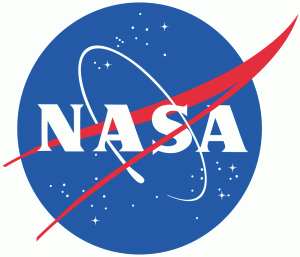NASA OIG Report Raises More Questions About MPCV/Orion
NASA’s Office of Inspector General released a report on the Multi Purpose Crew Vehicle (Orion) today, and almost irrespective of your point of view, it should be a more than a little troubling. The report’s principle conclusion is that due to what is described as a “constrained budget environment” the Lockheed Martin built capsule is not following a conventional allocation of funds for aerospace projects which would typically see a dramatic peak in spending during early years, followed by a gradually leveling funding profile during flight testing and operations. Instead, the MPCV, which has already absorbed an incredible $7 billion through 2012, while foregoing the rather important necessity of developing a service module, is set to receive a steady allotment of roughly $1 billion per year, virtually for the foreseeable future.
The result of the flat funding profile is an extended development period in which certain critical systems, and crucial tests will not be conducted until much later than they ordinarily would, significantly increasing the potential for future delays.
There are other issues however, such as the fact that the vehicle is still 5,000 lbs. overweight, as well as lingering concerns that the heat shield may be subject to cracking. And then there is this head scratcher:
“Engineering Drawing Release Rate. Problems with the computer systems that
manage engineering data and drawings have caused design engineers to
experience 3 to 5 hours of delay per day when performing routine tasks such as
extracting drawings from the database. Although the computer system has been
upgraded and processes have been refined to help alleviate these delays, there is a
risk that not all of the required drawings will be released in time to meet
Exploration Mission-1’s scheduled flight date of December 2017.”
The MPCV’s list of potential problems and possible sources of further delays extends well beyond the program itself to encompass both the SLS launch vehicle, and the European Space Agency’s contribution of a service module, an agreement which only covers a single flight.
Furthermore, as the report dutifully points out, and echoing the conclusions of the Augustine commission, there is still no prospect for even beginning to fund landers or other meaningful pieces of hardware until sometime in the 2020’s, and even that remote prospect (which the report does not point out) is rendered all the more unlikely by the fact that even if everything goes as planned for the initial 70 ton version of SLS, there is still the small issue of producing the Congressionally mandated 120 ton version, a very different vehicle which will require major component development programs as well, including new strap on boosters, new second stage engines, and finally new main stage engines after the supply of Shuttle engines runs out.
Regrettably, the NASA OIG report is by its nature limited to an analysis of how the program under consideration is being conducted, and does not venture into the desperately needed territory of a comparative analysis between SLS/ MPCV and other possible courses of action. It would be fascinating to see a truly independent evaluation of the program of record, and the opportunity costs across the agency of all programs based on what might otherwise be achievable with commercial sources and alternative architectures for BEO spaceflight.


